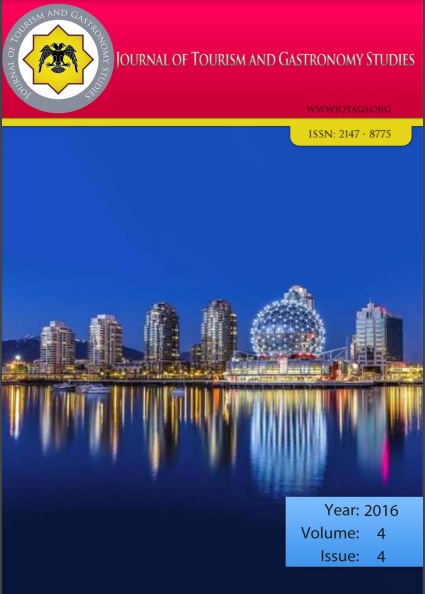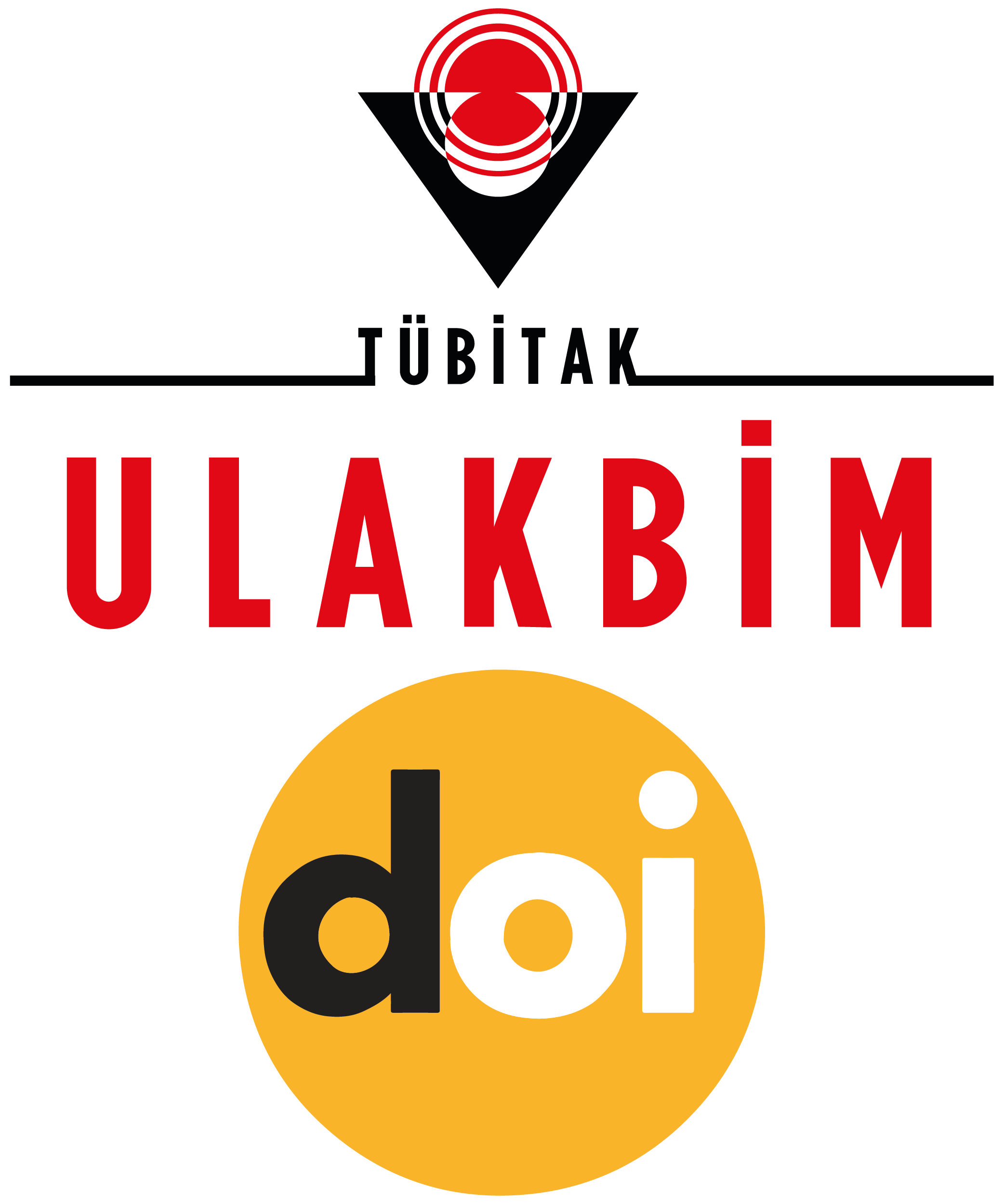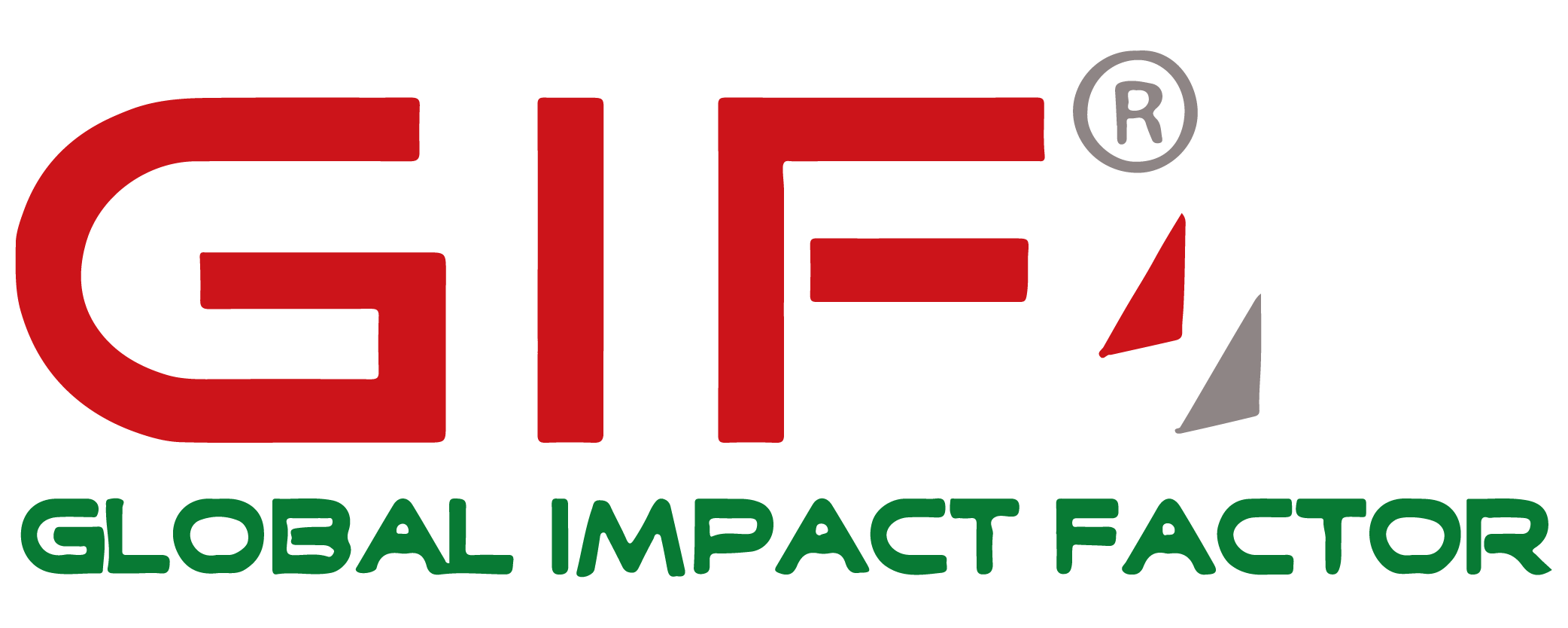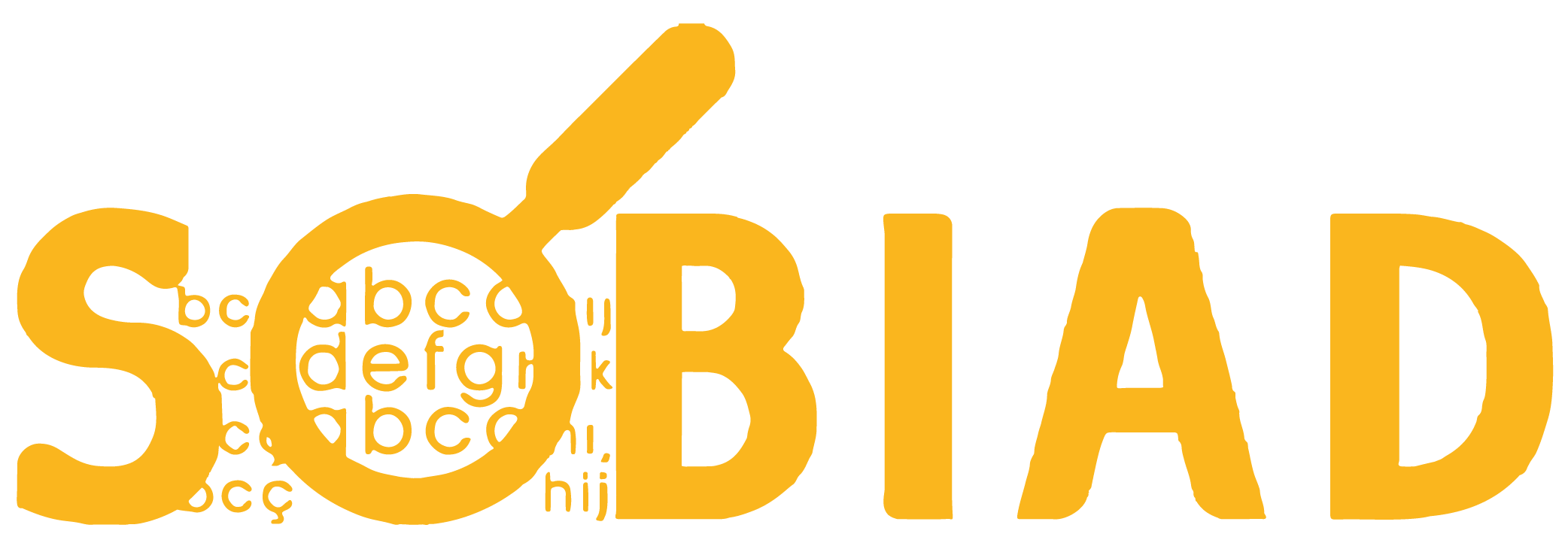The Effect of Level of Institutionalization on the Usage of Strategic Management Tools at Tourism Management: Case of Ankara
Keywords:
Strategic management, Strategic management tools, Institutionalization, Level of institutionalization, AnkaraAbstract
The main purpose of this paper is to identify whether there is a relationship between the
frequency of usage of strategic management tools and the level of institutionalization at
tourism management. Futhermore, we aimed to determine differences in usage of strategic
management tools and level of institutionalization according to size (stars) of hotel
businesses in Ankara. A research model that has been developed based on relations among
these variables, are analysed by obtaing data from 109 hotel businesses’ top managers in
Ankara with the questionnaire. As a conclusion, there is a relationship between frequency
of usage (range of application) of strategic management tools and level of
institutionalization at tourism management. In addition, there are differences in frequency
of usage strategic management tools and level of institutionalization of hotel businesses
with two, three, four and five stars in Ankara according to size of hotel businesses.
References
Adler, P. S. and Borys, B. (1996). Two Types of Bureaucracy: Enabling and Coercive, Administrative Science Quarterly, Vol. 41, No. 1, 61-89.
Afonina, A. and Chalupský, V. (2012). The Current Strategic Management Tools And Techniques: The Evidence
From Czech Republic, Economics and Management, 17(4), 1535-1544.
Afonina, A. and Chalupský, V.(2013). Investigation Of Strategic Management Tools And Techniques, Acta
Universitatis Agriculturae Et Silviculturae Mendelianae Brunensis, Volume LXI, Number 4, 833-840.
Aktan C., C. (2008). Stratejik Yönetim ve Stratejik Planlama, Çimento İşveren, 4-21.
Aktan, C., C. (2005). Değişim Çağında Yönetim, Sistem Yayıncılık, İstanbul.
Apaydın, F. (2007). Örgütlerde Kurumsallaşma ve Adaptif Yeteneklerin Pazarlama Eylemlerine ve Örgütsel Performansa Etkileri, Gebze Yüksek Teknoloji Enstitüsü Sosyal Bilimler Enstitüsü İşletme Anabilim Dalı
doktara Tezi, Gebze.
Apaydın, F. (2008). Kurumsal Teori Ve İşletmelerin Kurumsallaşması. Journal of Academic Studies, 10(37).
Apaydın, F. (2009). Kurumsal Teori Ve İşletmelerin Kurumsallaşması, C.Ü. İktisadi ve İdari Bilimler Dergisi, Cilt 10, Sayı 1, 1-22.
Bain & Company. (2013). Management Tools 2013 An Executive’s Guide, by Rigby, D., K. and Bilodeau, B., Usa.
Barr, P., S., Stimpert, J., L. and. Huff, A., S.(1992), Strategy Process: Managing Corporate,Self-Renewal. Strategic Management Journal, Vol. 13, Special Issue, 15-36.
Bayer, E. (2005). İşletmelerde Kurumsallaşmanın Sorunsal Haline Gelmesi ve Kurumsallaşamama Nedenlerinin Belirlenmesi, Gazi Üniversitesi İktisadi ve İdari Bilimler Fakültesi Dergisi, 7/3, 125-142.
Beamon, B., M. (1999). Measuring supply chain Performance, International Journal of Operations & Production Management, Vol. 19 No. 3, 1999, pp. 275-292.
Boons, F. and Strannegård, L. (2000) Organizations Coping with Their Natural Environment, International Studies of Management & Organization, 30:3, 7-17.
Bryson, J., M. (1988). A Strategic Planning Process for Public and Non-profit Organizations, Long Range
Planning, Vol. 21, No. 1,73-81.
Bryson, J., M. (2004). Strategic Planning For Public And Nonprofit Organizations A Guide to Strengthening and Sustaining Organizational Achievement Third Addition, John Wiley & Sons, USA.
Bushman, R., M., Piotroski, J., D. and Smith, A., J. (2004). What Determines Corporate Transparency?, Journal of Accounting Research, Vol. 42 No. 2.
Camp, R., C. (1992). Learning from the Best Leads to Superior Performance, Journal of Business Strategy, Vol. 13 Iss 3,pp. 3 – 6.
Çetinsöz, B. C.(2010) Dış Kaynak Kullanımı (Outsourcing), Ülker Çolakoğlu ve Osman Eralp Çolakoğlu
(Editörler), Stratejik Yönetim ve Turizm Uygulamaları, Detay Yayıncılık, Ankara, 51-67.
Çetinsöz, B. C., Epik, F., Ayazlar, G., Kahya, M.,ve Altuğer, S. (2010). Stratejik Yönetim, Ülker Çolakoğlu ve
Osman Eralp Çolakoğlu (Editörler), Stratejik Yönetim ve Turizm Uygulamaları, Detay Yayıncılık, Ankara, 1-
Çomaklı, Ş. E., Ekici, K., M. ve Şahım, T., Z. (2007). Geleceği Planlamada Stratejik Yönetim, A-C Yayınevi,
Ankara.
Dündar, Ş. (2010). Aile İşlemelerinde Kurumsal Yönetim Anlayışı Ve Profesyonelleşmenin İşletme Performansına Etkileri Yüksek Lisans Tezi, Dumlupınar Üniversitesi Sosyal Bilimler Enstitüsü İşletme Anabilim Dalı,
Kütahya.
Eren, E. (2008). Yönetim ve Organizasyon: Çağdaş ve Küresel Yaklaşımlar, Beta, İstanbul.
Galbreath, J. and Rogers, T. (1999). Customer Relationship Leadership: A Leadership And Motivation Model For The Twenty‐First Century Business, The TQM Magazine, Vol. 11 Iss: 3, pp.161 – 171.
Garih, Ü. (2005). Yönetim Teknikleri, Hayat, İstanbul.
Gatignon, H.,and Xuereb, J., M. (1997). Strategic Orientation of the Firm and New Product Performance, Journal of Marketing Research, Vol. 34, No. 1, Special Issue on Innovation and NewProducts,77-90.
Gunn, R. and Williams, W. (2007). Strategic Tools: An Empirical Investigation Into Strategy in Practice in The UK. Strategic Change Journal, 16, 201-216.
Güçlü, N. (2003). Stratejik Yönetim, Gazi Eğitim Fakültesi Dergisi, 23, (2), 61-85.
Hall, R., H. (1968). Professionalization and Bureaucratization, American Sociological Review, 33(1), 92-104.
Hitt, M., A., Ireland, D. and Hoskisson, R., E. (2011). Strategic Management: Competitiveness and Globalization: Concepts, Ninth Edition, South-Western Cengage Learning, Canada.
Kaplan, R., S. and Norton, D., P. (1996). Using the Balanced Scorecard as a Strategic Management System, Harvard Business Review, 75-85.
Karpuzoğlu, E. (2004). Aile Şirketlerinin Sürekliliğinde Kurumsallaşma, İstanbul Kültür Üniversitesi, 1. Aile
İşletmeleri Kongresi, İstanbul, Kongre Kitabı, s.42 - 53.
Kimberly, J., R. (1979). Issues in the Creation of Organizations: Initiation, Innovation, and Institutionalization, The Academy of Management Journal, Vol. 22, No. 3, 437-457.
Knott, P. (2006). A typology of strategy tool applications, Management Decision, Vol. 44 Iss 8 pp. 1090 -1105.
KOSGEB, (2004), “Strateji ve Stratejik Yönetim” Ekonomik ve Stratejik Araştırmalar Merkez Müdürlüğü,
KOSGEB Yayınları, Ankara.
Kostova, T. (1999), Transnational Transfer of Strategic Organizational Practices: A Contextual Perspectiv, The Academy of Management Review, 24(2), 308-324.
Lambert, D., M., Stock, J., R., and Ellram L., E. (1998). Fundamentals of LogisticsManagement, Chapter 14,
Irwin/McGraw-Hill Boston, USA.
McWilliams, A. and Siegel, D. (2001). Corporate Social Responsibility: A Theory Of The Firm Perspective,
Academy ol Management Review, Vol. 26, No. 1, U7-127.
Mintzberg, H. (1987). Crafting strategy (pp. 66-75). Boston, MA, USA: Harvard Business School Press.
Mintzberg, H., Ahlstrand, B. and Lampel, J. (1998) Strategy Safari, The Free Press, New York.
Mintzberg, H., Raisinghani, D. and Theoret, A. (1976). The structure of" Unstructured" Decision Processes. Administrative Science Quarterly, 246-275.
Nickols, F. (2016). Strategy, Strategic Management, Strategic Planning And Strategic Thinking,
[http://www.nickols.us/strategy_etc.pdf] Erişim Tarihi 08.05.2016
Noble, C., H., Sinha, R., K. and Kumar, A. (2002). Market Orientation and Alternative Strategic Orientations: A Longitudinal Assessment of Performance Implications, Journal of Marketing, Vol. 66, 25–39.
Oakland, J., S. (2003) Total Quality Management Text With Cases, 21. Third Edition, Butterworth Heinemann, Oxford.
Pellicelli, A. C. (2012). Strategic alliances. Economia Aziendale Online, (2), 1-21.
Peterson, G., D., Cumming, G., S., and Carpenter, S., R. (2003). Scenario Planning: a Tool for Conservation in an Uncertain World, Conservation Biology, Volume 17, No. 2, 358–366.
Porter, M., E. (1985). Competitive Advantage, New York: Free Press. USA.
Rigby, D., K. (1993). How to manage the management tools, Planning Review, Vol. 21 Iss 6 pp. 8 – 15.
Rigby, D., K. (2001). Putting Tools To The Test: Senior Executives Rate 25 Top Management Tools, Strategy & Leadership, 4-12.
Ringland, G. (1998). Scénario Planning Managing for the Future,,John Wiley & Sons, England.
Selznick, P. (1996). Institutionalism "Old" and "New", Administrative Science Quarterly, Vol. 41, No. 2, 40th Anniversary Issue, pp:270-277.
Staggenborg, S. (1988). The Consequences of Professionalization and Formalization in the Pro-choice Movement, American Sociological Review, 53(4), 585-606.
Stenfors, S. and Tanner, L. (2007). Evaluating strategy tools through activity lens. Helsinki School of Economics Working Paper. Finland.
Stenfors, S., Tanner, L. and Haapalinna, I. (2004). Executive Use of Strategy Tools: Building Shared
Understanding through Boundary Objects. Frontiers of E-Business Research, 635-645.
Ülgen, H. ve Mirze K. (2007). İşletmelerde Stratejik Yönetim, Arıkan, İstanbul.
Wallace, J., E. (1995). Organizational and Professional Commitment in Professional and Nonprofessional
Organizations, Administrative Science Quarterly, 40(2), 228-255.
Yazıcıoğlu, İ., ve Koç, H. (2009). Aile İşletmelerinin Kurumsallaşma Düzeylerinin Belirlenmesine Yönelik
Karşılaştırmalı Bir Araştırma, Selçuk Üniversitesi Sosyal Bilimler Enstitüsü Dergisi, 21.
Downloads
Published
How to Cite
Issue
Section
License
Copyright (c) 2022 Journal of Tourism & Gastronomy Studies

This work is licensed under a Creative Commons Attribution-NonCommercial 4.0 International License.








